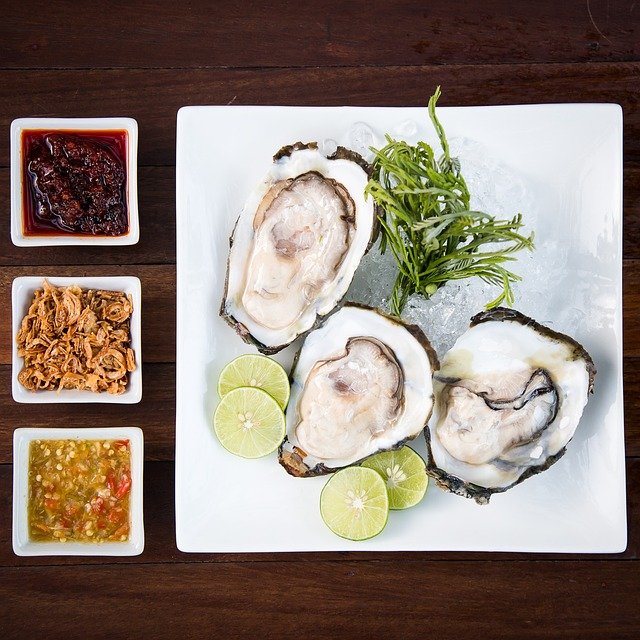Oysters are briny bivalves that are far more than just a sophisticated appetizer. They are a unique flavor journey with texture and cultural significance. This guide was written to help you gain the knowledge to navigate selecting, shucking, and serving oysters with confidence.
Anatomy of an Oyster:
The best way to understand how to select an oyster is to understand what it is exactly. An oyster has two main parts:
Mantle: This is the fleshy muscle, or the part that you eat. As a whole the mantle along with the other internal organs (gills, stomach, digestive system, etc.) is responsible for filtering water and contains the parts that help the oyster feed.
The shell is the protective outer layer that’s made of calcium carbonate and can come in various shapes and colors depending on the species. Oysters are often called bivalves because their shell is made of two separate parts called valves.
What is Oyster Liquor?
Oyster liquor is a liquid treasure, it’s the clear liquid that is found inside of the oyster. This “liquor” is a concentrated essence made of sea water and some of the oyster’s own juices. Quite a few seafood connoisseurs will usually sip the oyster liquore before actually eating it.
How to Select Fresh Oysters
Live oysters are a must, look for these typical signs of freshness:
TIghtly Closed Shells: make sure you’re selecting oysters that are firmly shut. Immediately pass on oysters that are popped open and do not close if disturbed.
Fishy Odors: oysters should smell like the ocean, not like ammonia or other foul odors.
Kept Cold: when you’re holding the oyster it should feel cold as ice.
Healthy Overall Appearance: avoid oysters that have broken or damaged areas on the shell. The meat should be plump and opaque as well.
How to Store Your Oysters
It’s recommended to store your oysters in the refrigerator, place a damp towel over them and keep them cold. Once they are prepared they should be consumed immediately. Be sure to avoid submerging your oysters in water. Remember that they are saltwater animals and that the freshwater would cause them to die and go bad.
Shucking 101
Equipment needed:
Oyster Knife (with a blunt tip for safety)
Thick gloves
Kitchen towel
Steps:
Hold the oyster flat-side down with the hinge facing you.
Insert the tip of the knife into the hinge’s point.
Gently twist the knife, severing that adductor muscle.
Very carefully pry open the shell, while trying not to spell the liquor.
And in just four simple, steps you’re well on your way to serving up one of the most delicious and nutritious sources of protein the ocean has to offer.
How to Serve Oysters: Raw and Beyond
A purist approach would be the most simple but still very delicious way to serve oysters. This includes having the oysters raw accompanied by using a fresh squeeze of lemon.
Maybe a bit of mignonette would suit your tastes. A mignonette is a combination of finely minced shallots, red wine vinegar, and fresh cracked black pepper. This combination was created to enhance the oyster’s own natural brininess.
Another way to enjoy oysters is by adding other garnishes like horseradish, chopped chives, or even a splash of hot sauce if you enjoy a bit of spice.
Creative Cooking with Oysters
Going beyond eating them raw there are many different ways to have oysters cooked:
Grilled: oysters can be topped with a variety of items like cheese, herbs, or breadcrumbs and then grilled.
Oyster Rockefeller: This is an iconic dish from New Orleans that bakes oysters in a creamy spinach sauce.
Oyster Stew: Cooking oysters in a hearty stew with a combination of potatoes, onions, and cream is the perfect way to warm up on a cold day.
You know more about oysters now than you did when you first started reading this article.
If you’re ready to try your hand at selecting, shucking, and savoring all of the unique flavors oysters have to offer, contact us here.



